“Pure authentic Chinese classical dance, as we have seen today, is very difficult to find in China. That’s why I encouraged all my students to come watch the show. I wish they will understand what authentic Chinese dance is like.”
As a professional dancer from China now teaching in the United States, Ms. Liu is able to perform many different types of dances. But by far her favorite is classical Chinese dance.
“You see, the music going with Chinese classical dance is usually performed with Chinese traditional instruments such as flutes, dulcimer, and zither. Dancing to such music makes Chinese classical dance extremely graceful. The Han and Tang-style dance ”Flowing Sleeves,“ is a typical example.”
In order to be accepted in modern day China, many dance performances have had to blend in such things as jazz and contemporary dance, “with very little room left for Chinese traditional dance. It’s really pitiful,” Ms. Liu said.
The beauty of classical Chinese dance cannot be found in any other dance systems, she said, having an art form that dates back thousands of years.
A set of dance movements, dubbed ‘blanket fundamentals,’ include jumps, turns, tumbles, handsprings, all confined within a space of a blanket. Ms. Liu said that in itself distinguishes Chinese classical dance from Western-style ballet.
A typical example of these fundamentals, Ms. Liu pointed out, was in the Tibetan item, “Dance of the Snow-Capped Mountain,” representing the ethnic characteristics of the Tibetans.
“The lead male dancers have extremely good command of dance techniques,” she said.
Several other dances swirled consecutively while remaining in the same position, continual swirling while moving in one direction, airborne barrel turns and cartwheels.
“The dancers performed these really well, and the female dancers are remarkable as well.”
Chinese classical dance puts an emphasis on the seamless cooperation of body, eyes, hands and breathing, it involves the coherent movement of body and hands. These elements are not found in Western classical dance.
“Take ballet for example, stretching out a hand is just a movement of the hand.”
Ms. Liu said the study and practice of Chinese classical dance requires one to enter a tranquil state. It requires abdominal breathing and a tranquil mind.
“A short-tempered, impatient person cannot learn Chinese dance even if he or she wishes to. It is difficult to train a dancer of Chinese classical dance. Only after one has enlightened to the inner connotation of Chinese dance, via heart and soul, can he or she start to understand how to perform the dance. It takes time to train a dancer.”
Color, costume design, music, and artwork, are vital to a successful presentation.
“We dancers are very concerned about the stage effect. It has to be able to attract the attention of the audience at first glance. Even though the staging may not be perfect, it has to give you a fresh feeling.”
Ms. Liu said she was deeply grateful to the Divine Performing Arts for promoting Chinese traditional culture around the world through the use of Chinese classical dance.
“They (DPA) fully represents the decorous beauty of Chinese classical dance, the gracefulness of Oriental ladies and the dignified conduct of the ancient Chinese. Moreover, the performers touring the globe representing Chinese culture are truly wonderful. I feel really happy to see such an endeavor. I hope the performers will do even better in the future, and create even more wonderful pieces next year.”
The Epoch Times is the proud sponsor of the Divine Performing Arts. Please see DivinePerformingArts.org fort schedule and ticket information.

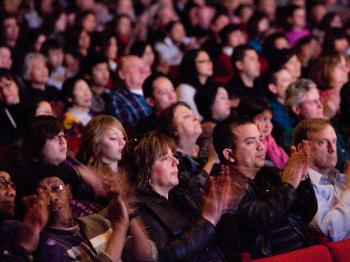
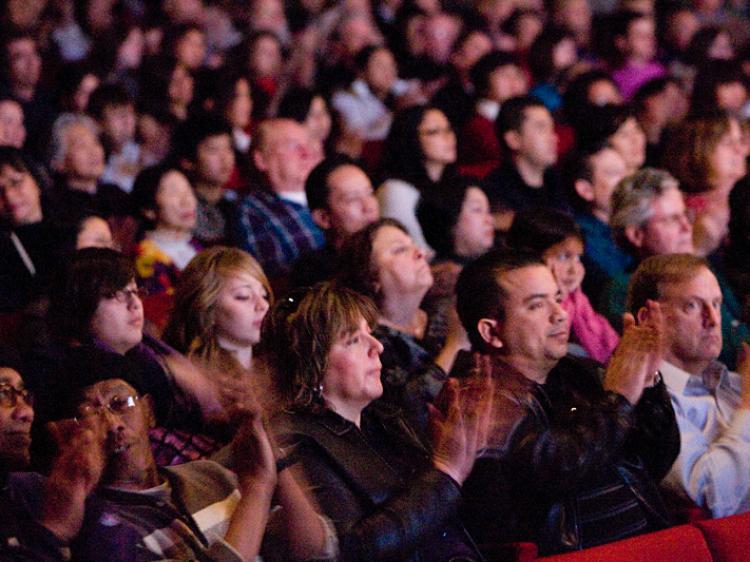
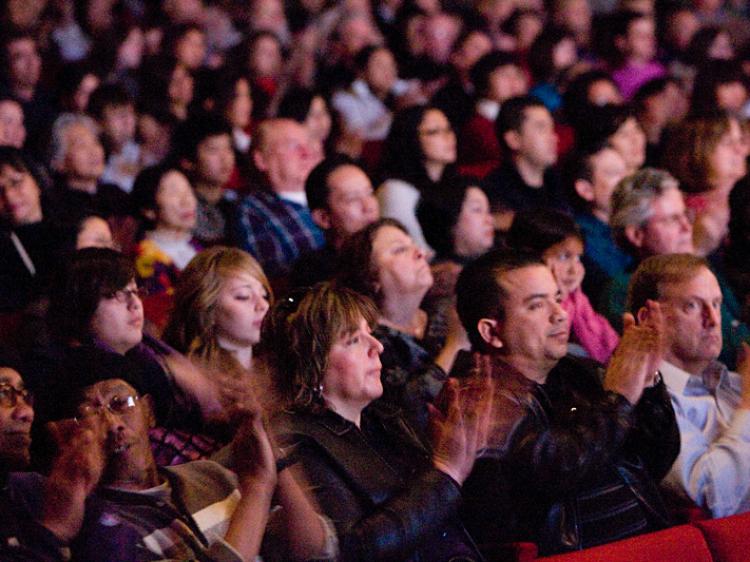
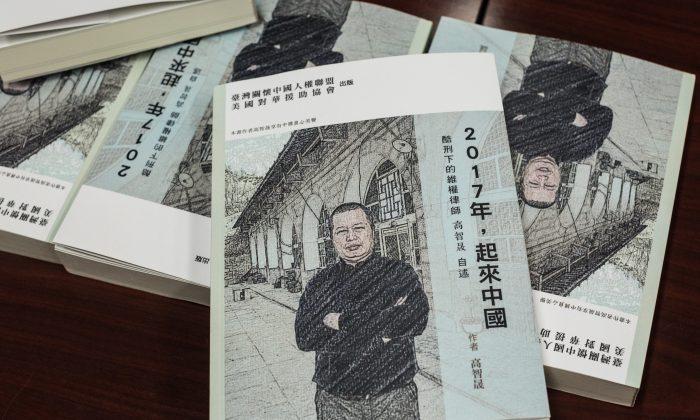
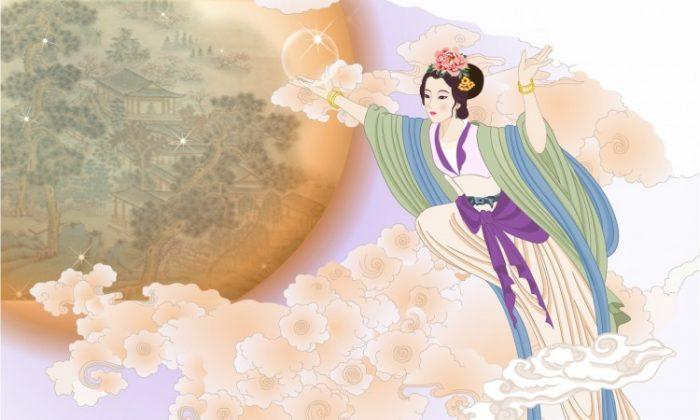
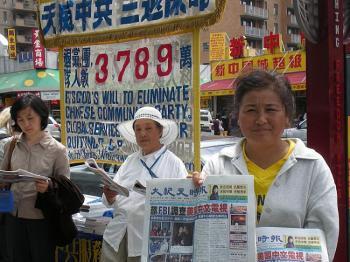

Friends Read Free